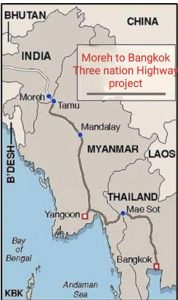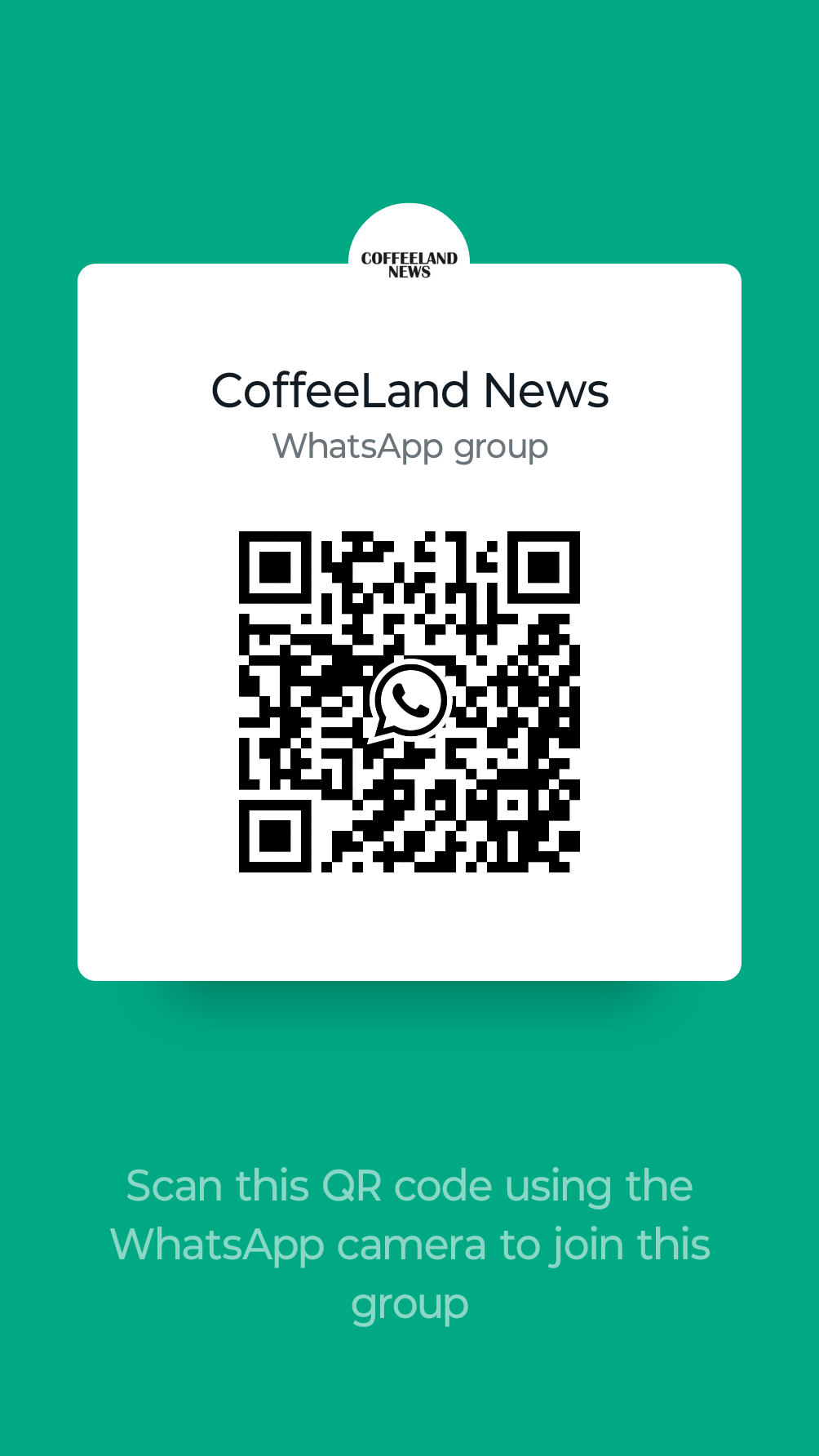The Prime Minister of India has a vision to connect the trade routes from the Atlantic to the Pacific with the specific aim of expanding the scope of India’s trade to the global stage. With this in mind he has taken positive steps to fast pace and complete the “India- Myanmar-Thailand Highway” (IMT Trinational Highway) to its logical end. This project that was envisioned in the year 2002 was started in 2012, to be completed by 2015. The present dispensation at Delhi, seeing that not much progress was made, took up the project and proposed to complete it by 2020. India is to construct about 200 km of the Trinational Highway, but 30% of the total construction still remains in various stages of completion, owing to the security situation in Myanmar.
For India, the highway is part of its grand vision of linking the Atlantic Ocean in the West to the Pacific Ocean in the East, with India as the bridge connecting the two halves. At the conclusion of the G 20 summit in Bharat, our prime minister proposed an ‘India Middle East Europe Economic Corridor’, (IMEC) with just this purpose in mind.
In February last, our External Affairs Minister Mr Jai Shankar said that the completion of IMEC and connecting of IMT Highway would be a great game changer. Look at the two maps below:
- The IMT Highway Moreh-Yangon-Bangkok

- The IMEC via: Mumbai-Jabel-Ali- Al Ghuwaifat
-Haradh-Riyadh- Al Haditha, -Haifa-Piraeus.


India is certainly not new to global trade on a large scale, hitherto not imagined in recent times. Indian Maritime history begins during the 3rd millennium BCE when inhabitants of the Indus Valley, initiated maritime trading contact with Mesopotamia. India’s long coastline which occurred due to the protrusion of India’s Deccan Plateau helped it to make new trade relations with the Europeans, especially the Greeks, and the length of its coastline on the Indian Ocean is partly a reason why it’s known as that since 1515, and was known as the Eastern Ocean earlier. The ocean was called so, due to the advent of international trade by the Europeans which still continues to this day. As per Vedic records, Indian traders and merchants traded with the far east and Arabia. During the Mauryan Empire (3rd century BCE).
At the end of 1st century BCE Indian products reached the Romans. Historian Strabo mentions an increase in Roman trade with India following the Roman annexation of Egypt. As trade between India and the Greco-Roman world increased, spices became the main import from India to the Western world, bypassing silk and other commodities. The fall of the Roman Empire, resulted in Rome’s loss of the Red Sea ports. The Indian commercial connection with Southeast Asia proved vital to the merchants of Arabia and Persia during the 7th-8th century.
As all of us Indians are aware, on the orders of King Manuel I of Portugal, four vessels under the command of navigator Vasco da Gama rounded the Cape of Good Hope, continuing to the eastern coast of Africa to Malindi to sail across the Indian Ocean to Calicut. The wealth of India was now open for the Europeans to explore. The Portuguese Empire was the first European empire to grow from spice trade.
Maritime Silk Route, which flourished between the 2nd century BC and 15th century AD connected China, Southeast Asia, the Indian subcontinent, Arabian peninsula, Somalia, Egypt and Europe.
Despite its association with China in recent centuries, the Maritime Silk Route was primarily established and operated by Austronesian sailors in Southeast Asia, Tamil merchants in India and Southeast Asia, Greco-Roman merchants in East Africa, India, Ceylon and Indochina, and by Persian and Arab traders in the Arabian Sea and beyond. Prior to the 10th century, the route was primarily used by Southeast Asian traders, although Tamil and Persian traders also sailed them. The route was influential in the early spread of Hinduism and Buddhism to the east.
Kalinga and Vijayanagara Empire (1336-1646) also established footholds in Malaya, Sumatra and Western Java. Maritime history of Odisha, known as Kalinga in ancient times, started before 350 BC according to early sources. The people of this region of eastern India along the coast of the Bay of Bengal sailed up and down the Indian coast, and travelled to Indo China and Southeast Asia, introducing elements of their culture to the people with whom they traded. The old traditions are still celebrated in the annual Bali Jatra.
Hence this great IMEC Corridor from Greece, connecting Bharat to the Atlantic Ocean via the Mediterranean Sea and the IMT Highway connecting the extreme east of Bharat to the Pacific Ocean via the China sea will take us back to the glorious trading days of the first century and even earlier. But this journey fulfilling the dream of India being a bridge between these two trade corridors, will not be without its challenges.
Even now, Bharat with its new found ‘make in India’ products, growing in both quantity and quality, along with its produce of spices, coffee and agricultural products, would easily become the fourth or the third largest economy in no time at all. But the two largest economies, America and China will not sit quietly to see you grow. Nor will the fourth largest economy, Japan or third largest Germany. China has always been an enemy to Bharat, with its expansionist ambitions. But the latest animosity exhibited towards Bharat, both by Japan and Germany is exactly because they are not the ones to sit quietly and enjoy watching you grow. And America was never your friend, these past sixty years, continuously keeping your growth in check with its, sometimes clandestine, and sometimes open backing given to Pakistan. So, this journey of becoming the third largest economy in the world is not going to be not strewn with all the accompanying challenges that these four countries can throw in our path. So, it won’t be wrong to consider America, Germany and Japan at best FRENEMY countries. Friends for all appearances but enemies at heart.


